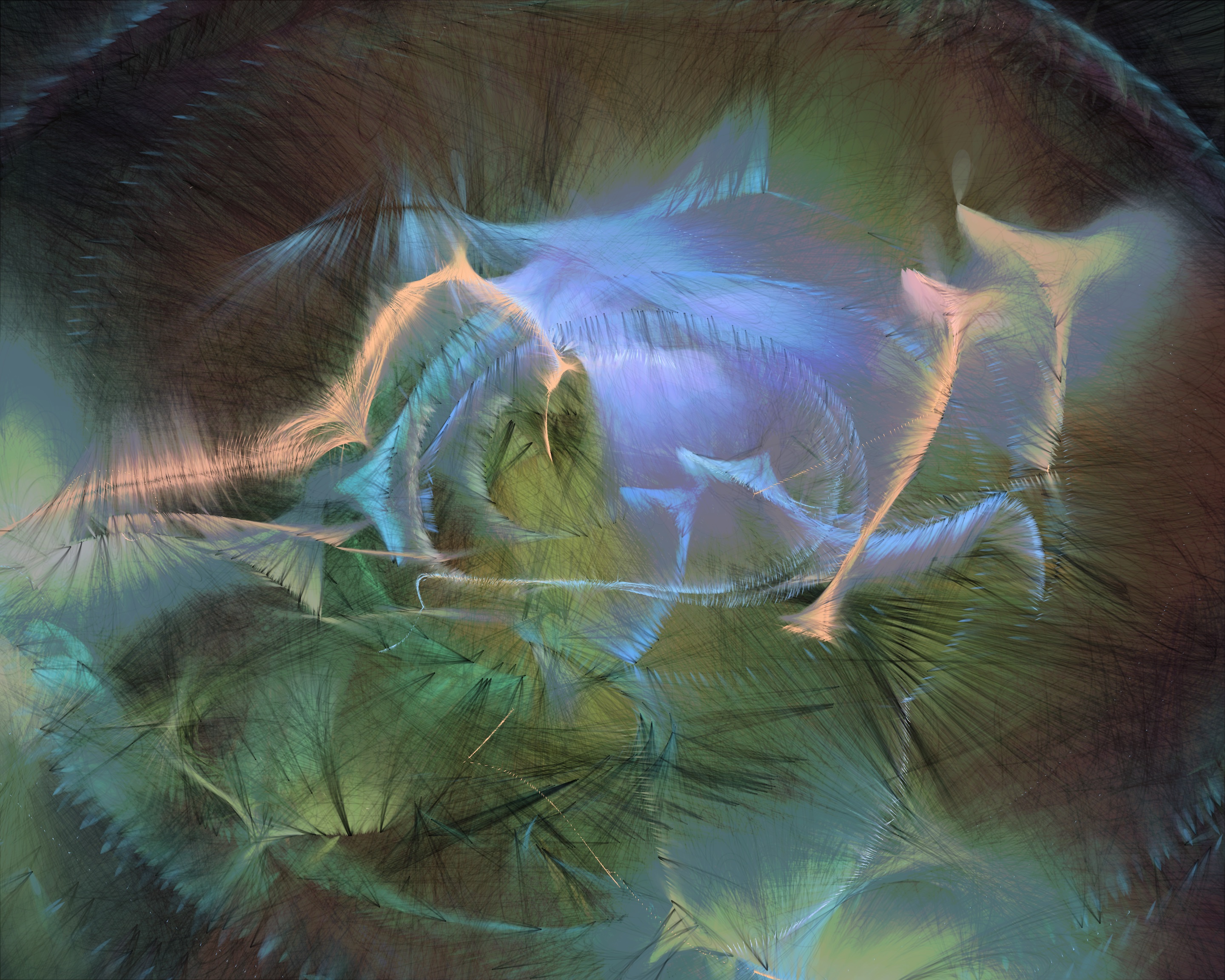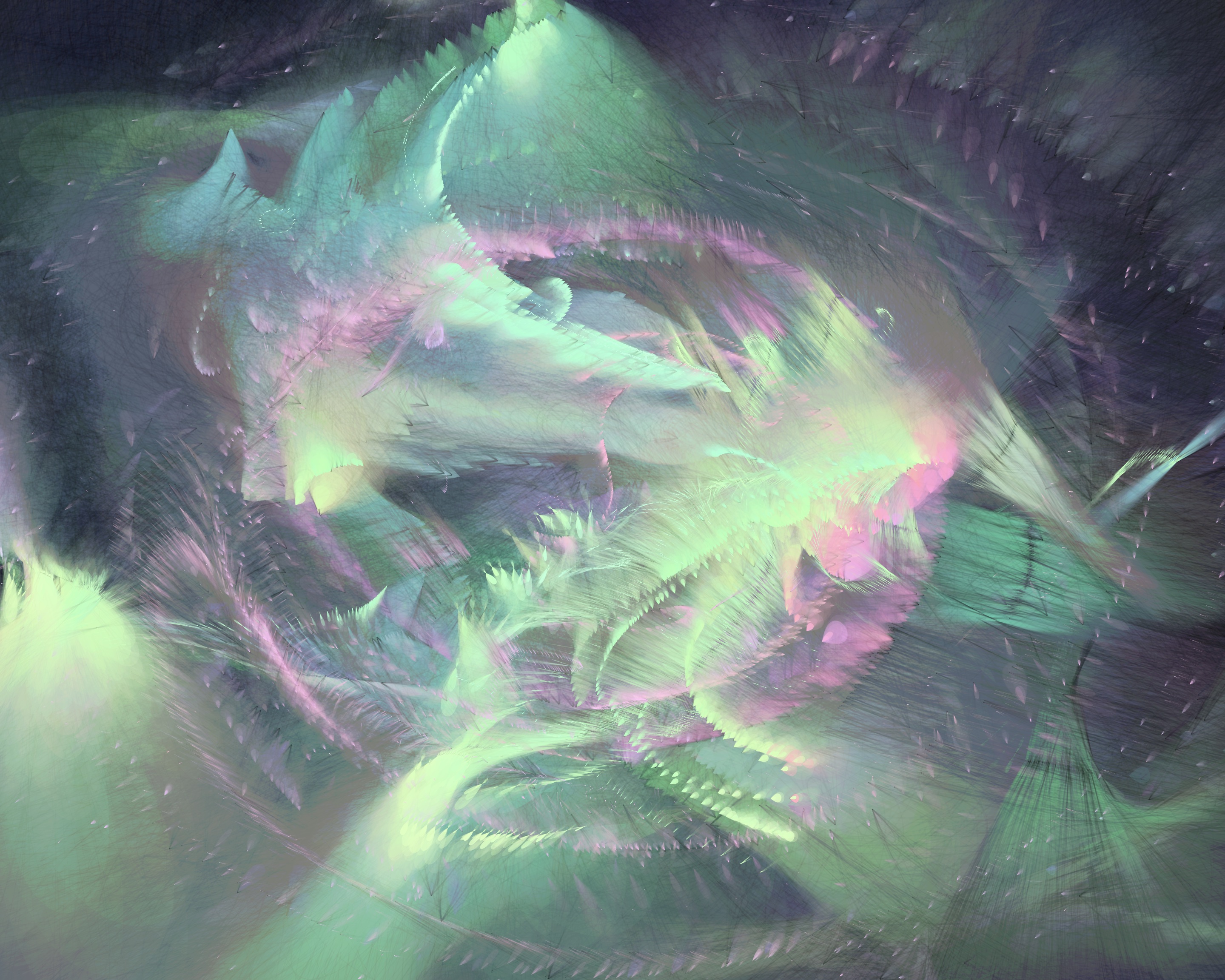Generative art is not new. Since at least the 1950's, pioneering artists have used computers, plotters, and other machines to make artwork in which partial control was handed over to a mechanical intermediary. Generative art extends the human use of machine from technical tool to artistic medium.
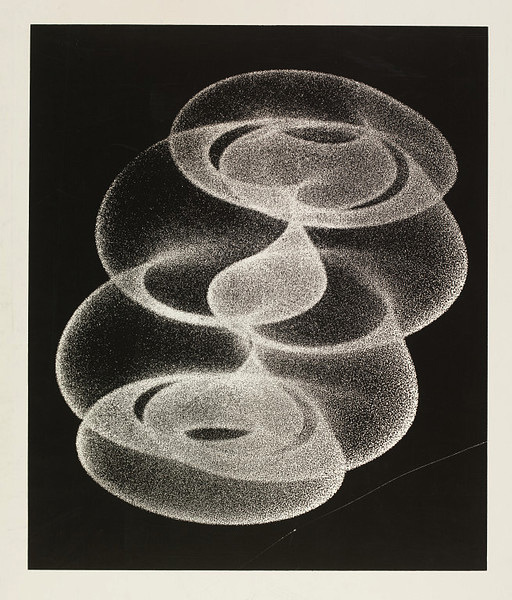
Analog-Grafik D3 (Dance of the Electrons)
Herbert Franke, 1960.

P-021-Band Structure
Manfred Mohr, 1969.
The medium has always taken advantage of new technologies as they appear. A recent development is what Tyler Hobbs coined as `long-form’ generative art: a version of the latter in which a code is used to produce a series of outputs, typically 100-1000, where the seed specifying a particular output is chosen randomly at the moment of creation. NFT architecture beautifully facilitates long-form generative art, as evidenced by the success of the Artblocks platform. When a user mints a piece from a long-form set, their participation creates the spark that brings their particular mint to life.
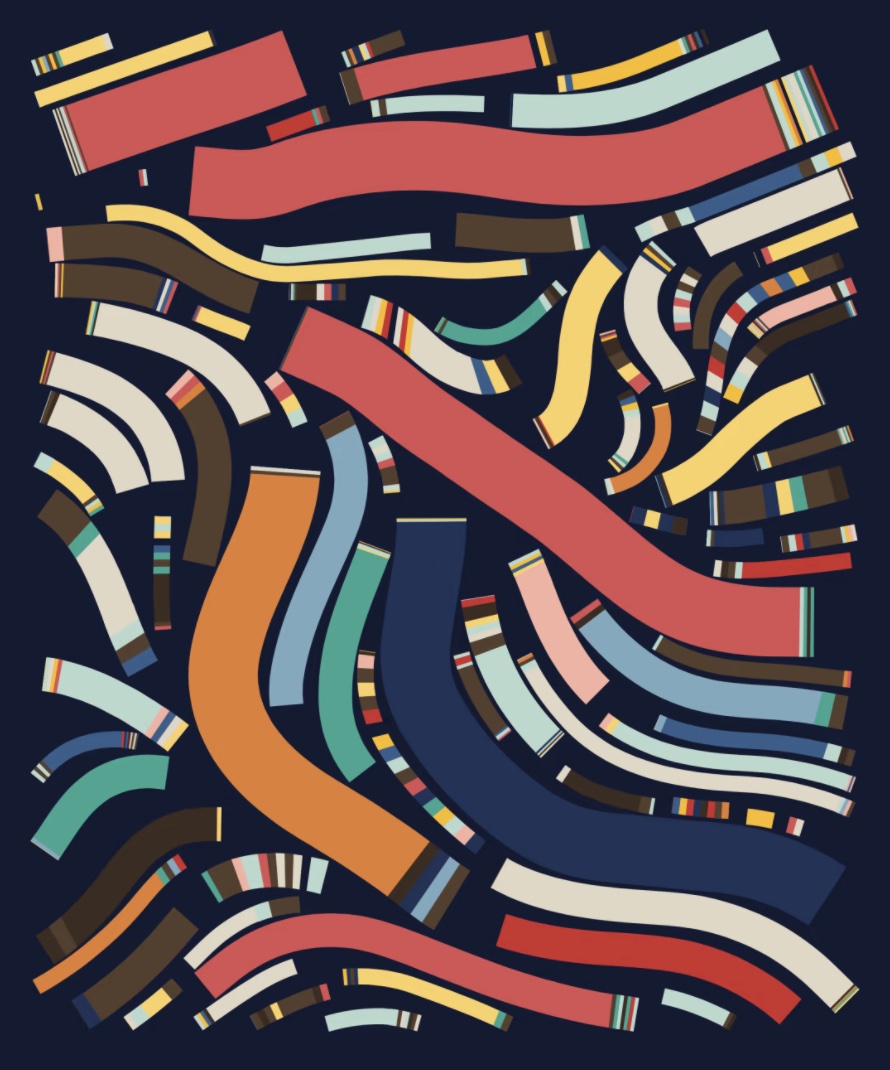

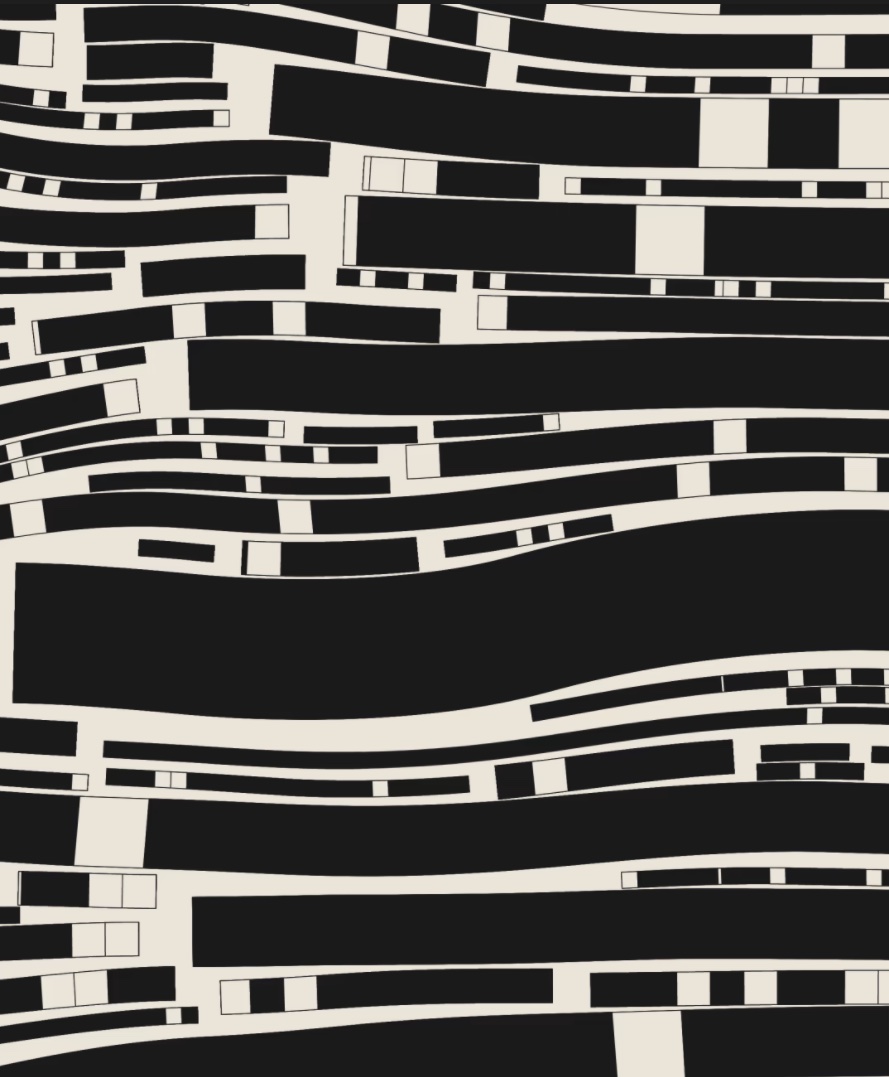
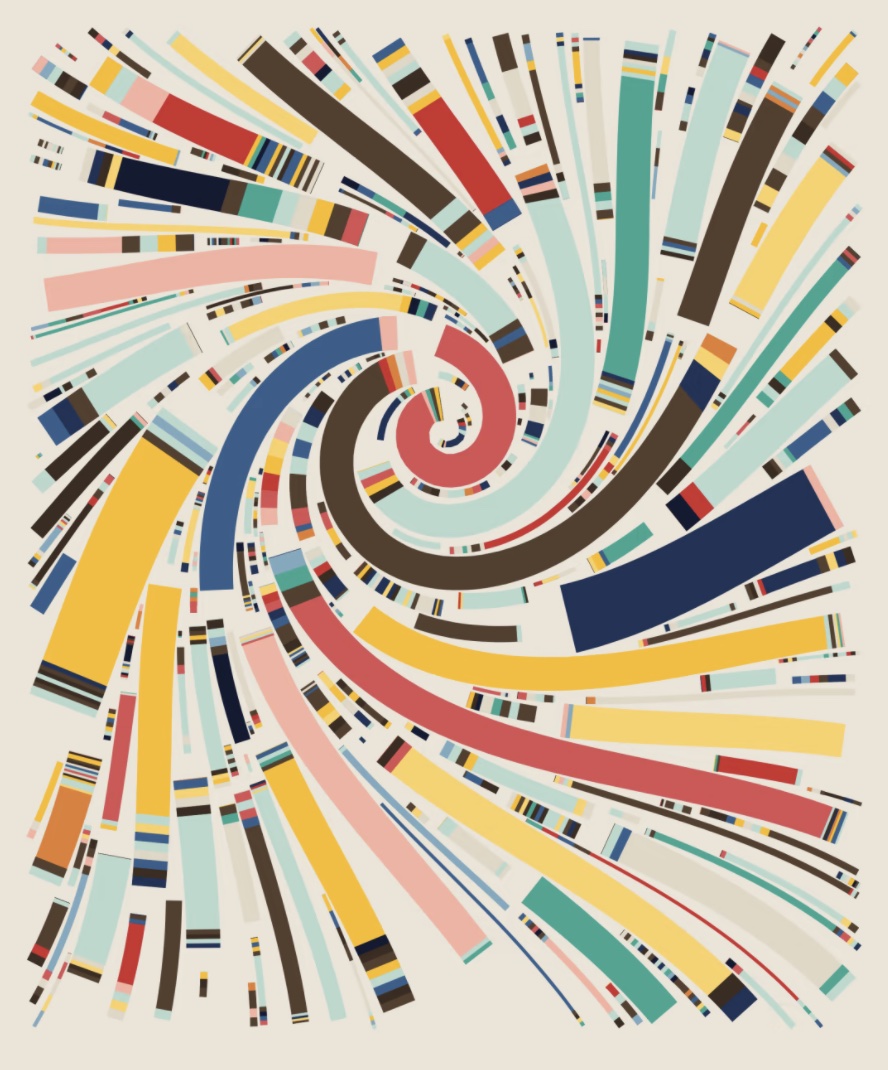 Fidenza, Tyler Hobbs, 2021.
Fidenza, Tyler Hobbs, 2021.In his essay, Tyler discussed the acute challenges of long-form. Instead here I want to focus on its potential, and how this potential mirrors some of the thorniest questions faced by contemporary scientists (*).
Since a long-form system must generate a large series of outputs, to maintain interest it must engender processes that create variety. The latter can be tightly controlled: for example, the system may choose between a set of palettes, and a series of brush sizes, but otherwise use the same hyperparameters to control the structure and rendering of artistic elements. Many long-form systems do exactly this. This strategy allows the artist to create a highly cohesive series, and aids in quality control.
However, the potential is much greater and, in my view, profound. For a long-form system can create emergent structures that were not imagined whatsoever by the artist. Emergence -- loosely speaking the phenomenon in which the whole is more than the sum of the parts-- is at the heart of many of nature's mysteries. How does life emerge from chemical reactions? How does consciousness emerge from the firing of millions of neurons?
It is also present in some of the most celebrated long-form systems. Dmitri Cherniak's Ringers, which takes classic design elements and elevates them to a long-form system, features a large number of legible anthropomorphic forms, none of which were hard-coded in. Among these, the Goose is famous, and in my opinion justifiably so.
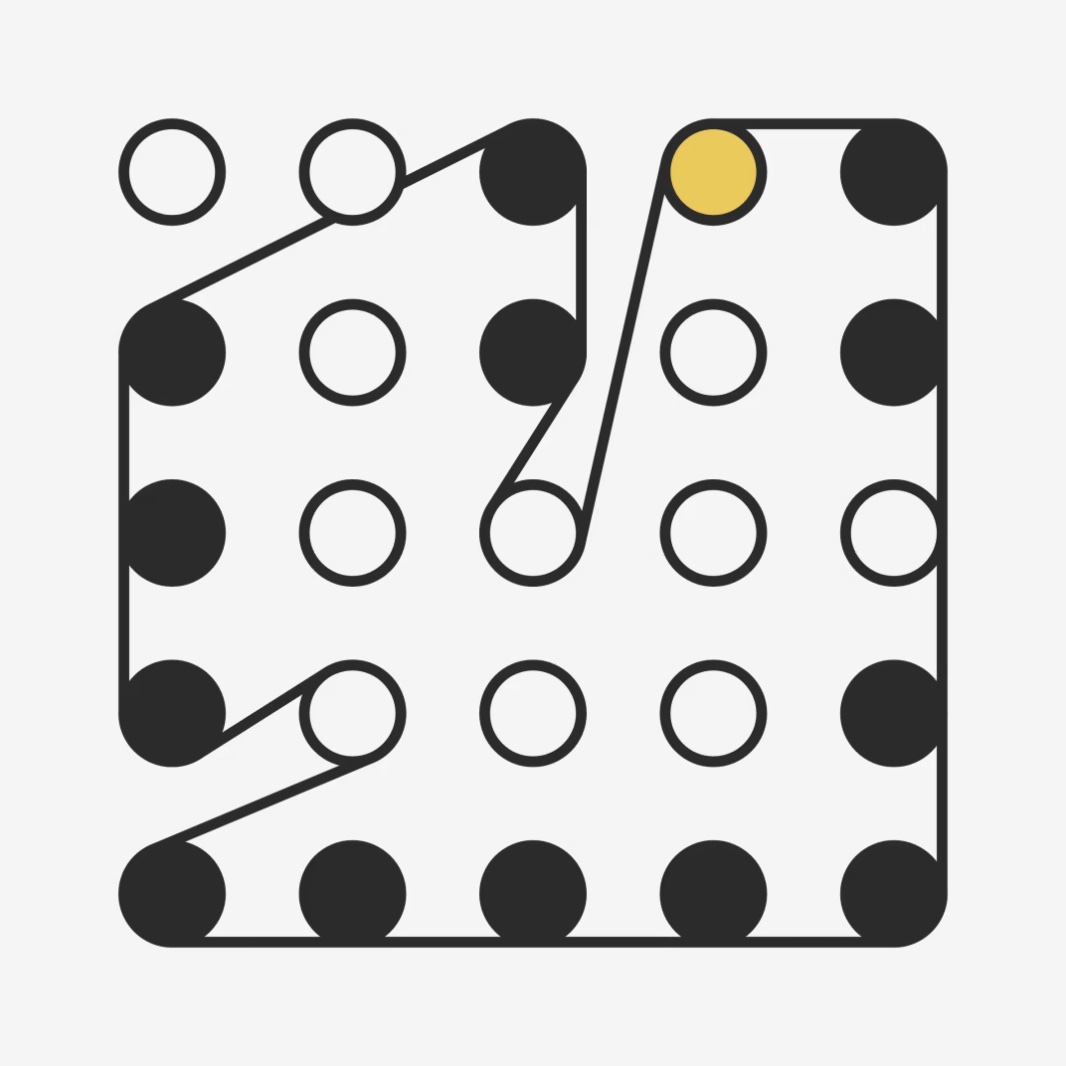

The Goose
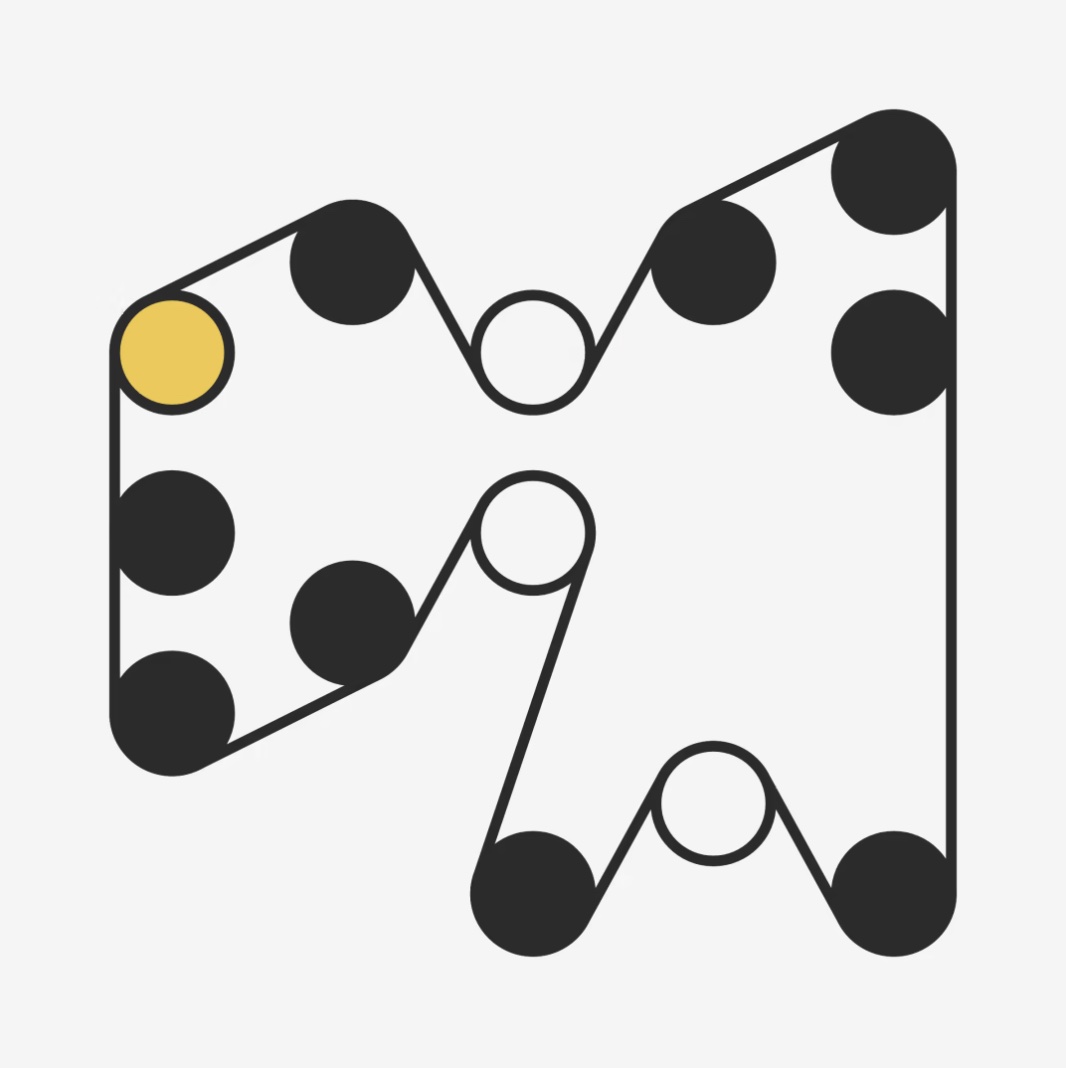
 Ringers, Dmitri Cherniak, 2021.
Ringers, Dmitri Cherniak, 2021.The key point is this: if a long-form system is rich enough to create emergent structures, then its output space must be large and may effectively be infinite. It is practically impossible for the artist to control all the variety inherent in their system. One cannot have the Goose Ringer without all the non-geese.
So a system that generates emergent variety must necessarily embrace fluctuations in a manner beyond those that generate only tightly controlled variety. This potential for emergence is absent from earlier forms of generative art, and among all artistic media may be unique to long-form generative art.
The vast combinatorial spaces explored by long-form generative art mirror those explored effortlessly by nature. The origin of life is a difficult problem because we have little idea how big of a space nature has explored -- we don’t know how lucky we are, and we cannot effectively do experiments to `generate’ an origin of life in other corners of chemical space. Understanding how systems of massive variety can nevertheless share universal features is a core component of my research program in physics.
In the world of generative art, emergent variety is clearly valued by collectors, who speak of `transcendent grails’. The potential to mint such a piece adds urgency and tension to the process, beyond simply gambling for controlled rarity: a collector might, in a real sense, mint a piece that would never otherwise have existed in the universe.

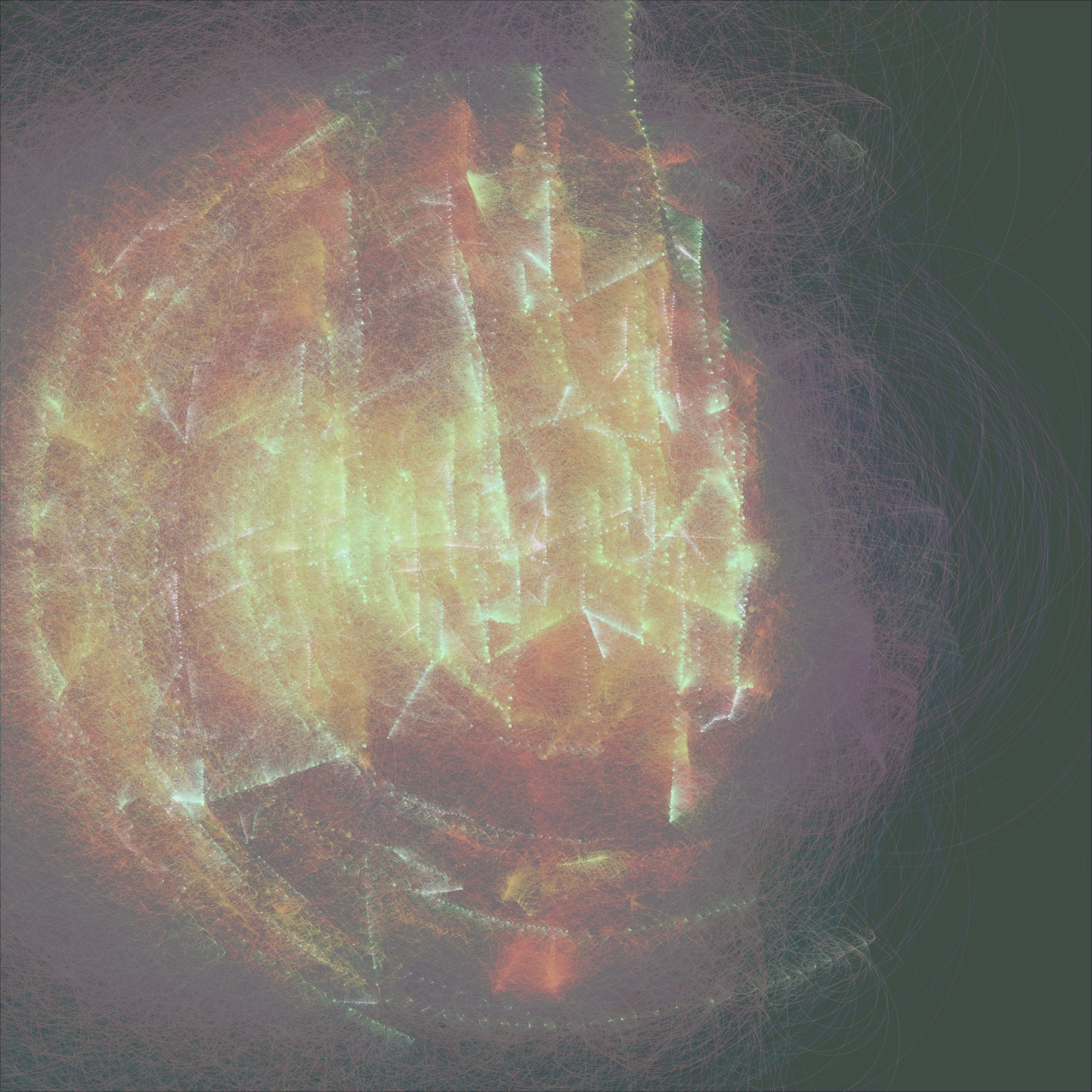
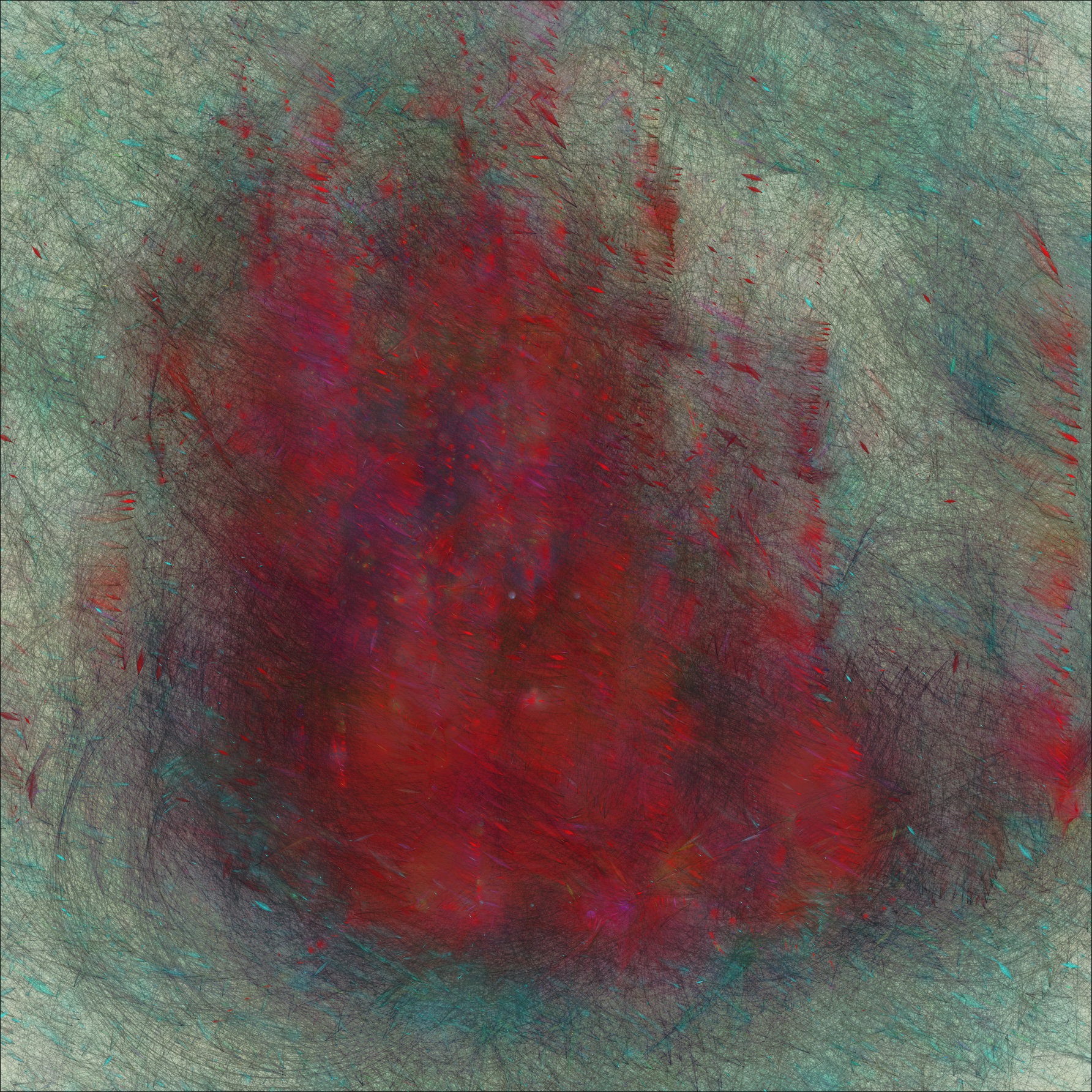
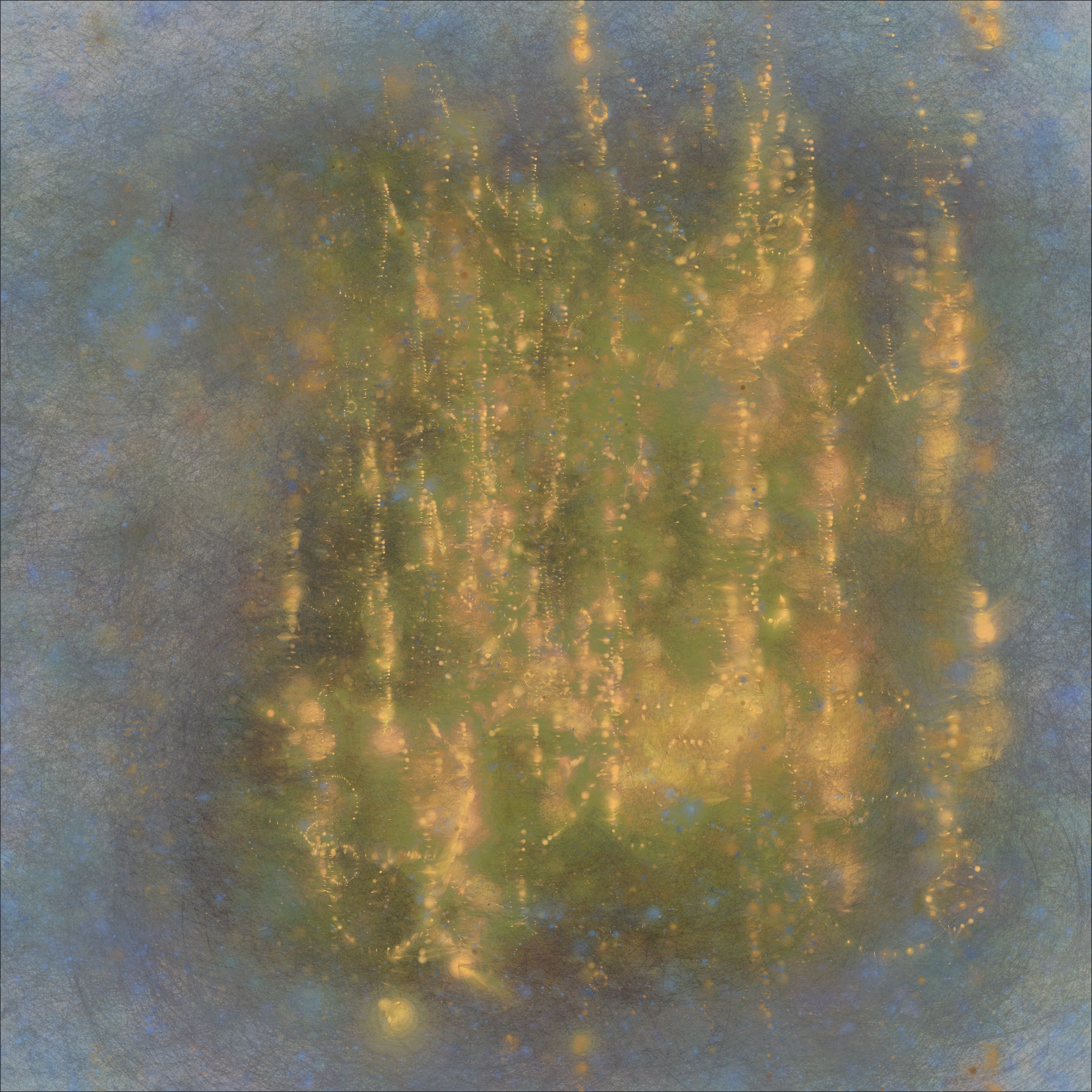 Stitched,
Stitched,pepe xyz (EDG), 2022
As an artist I experimented with these themes in my series Stitched and its accompaniment Stitched: Trauma. In the former, I honed in on a clear vision and allowed controlled variety around it. In Trauma, instead I allowed a certain amount of wildness. The resulting series is harder to pin down, but led to many unexpected outputs.
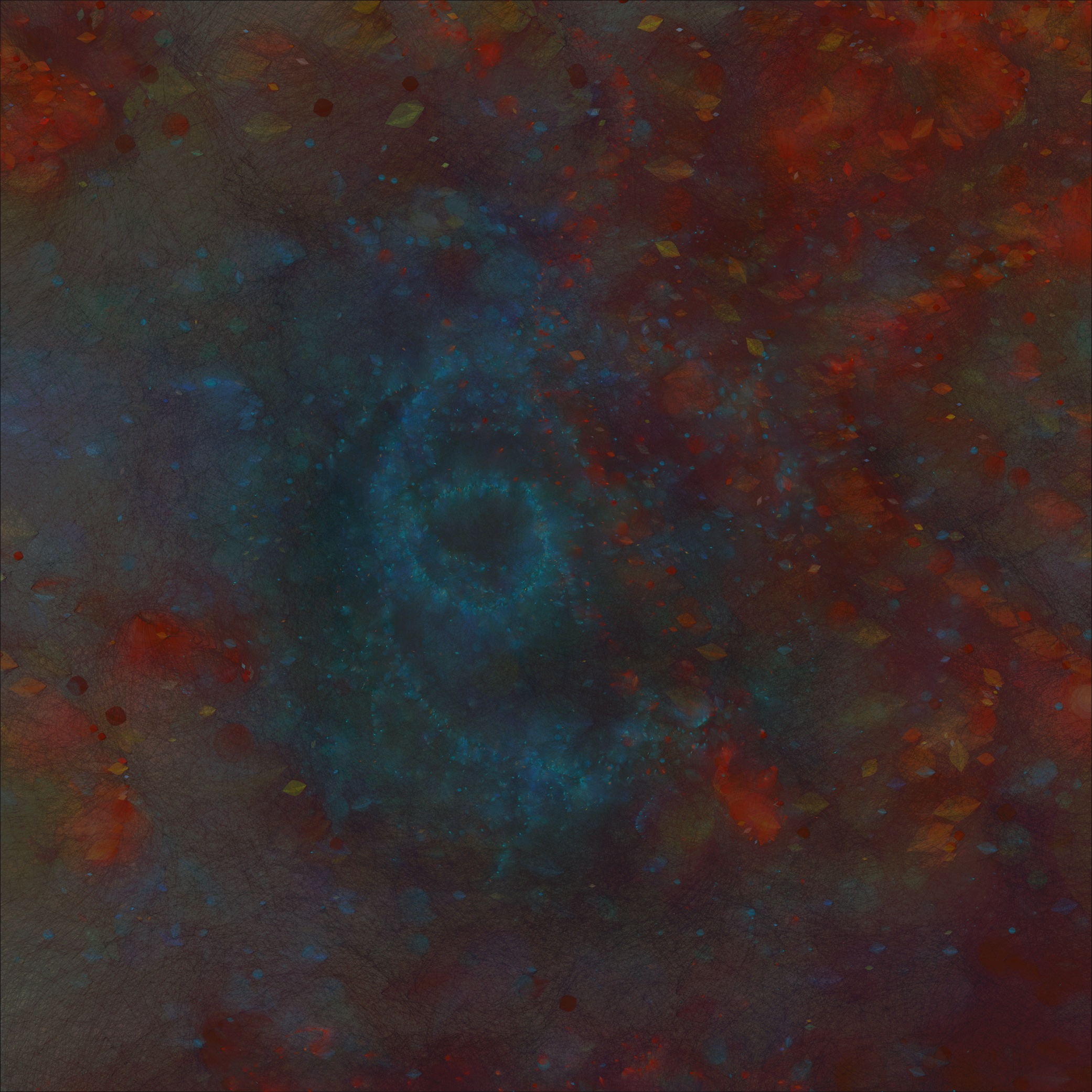
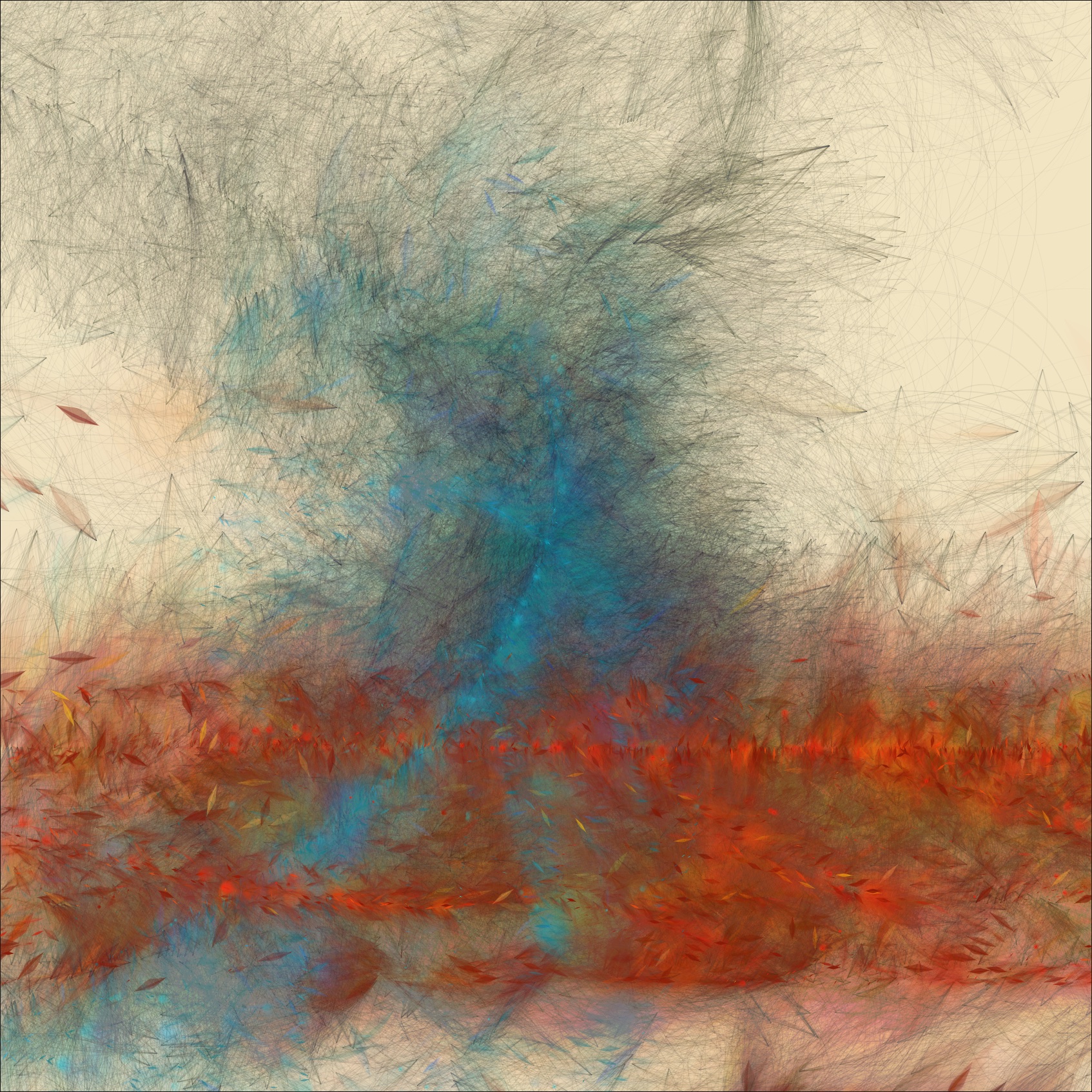

 Stitched: Trauma,
Stitched: Trauma,pepe xyz (EDG), 2022
We are only scratching the surface of what emergent forms might be possible to create with generative art.
In my series, Mazinaw, I embrace variety; the code has been designed to produce an infinite number of emergent structures.
But only 256 of them will ever exist.
Mazinaw can be seen on the Artblocks platform. It is meant to be viewed in full screen, or printed.
EDG 2022
[ home ]
(*) The author is a practicing theoretical physicist.

